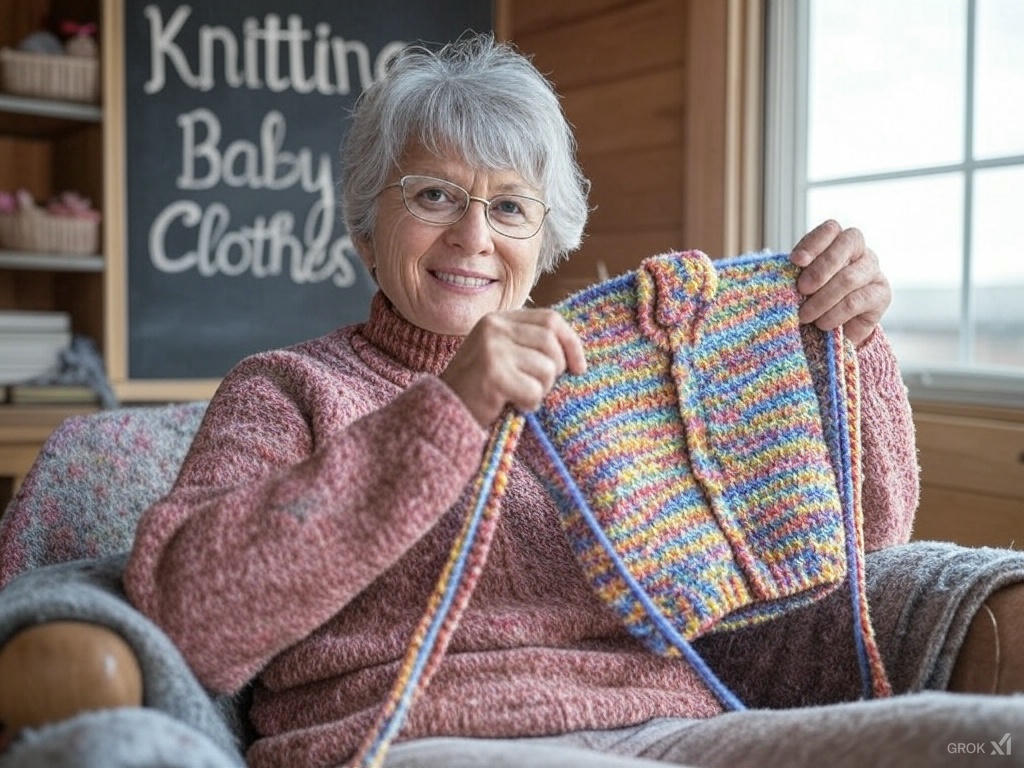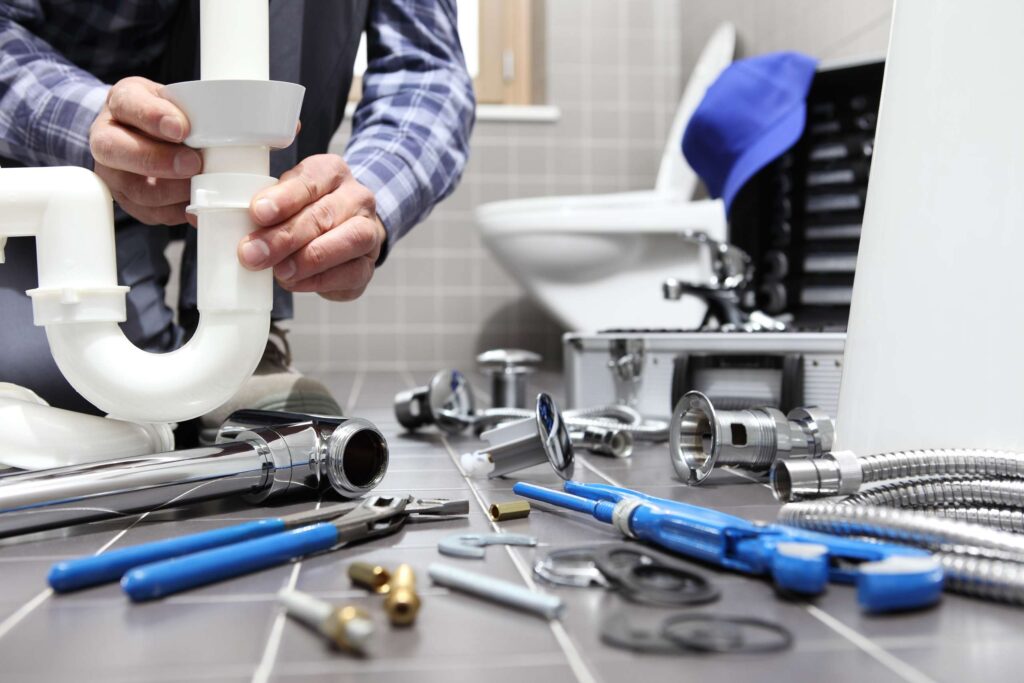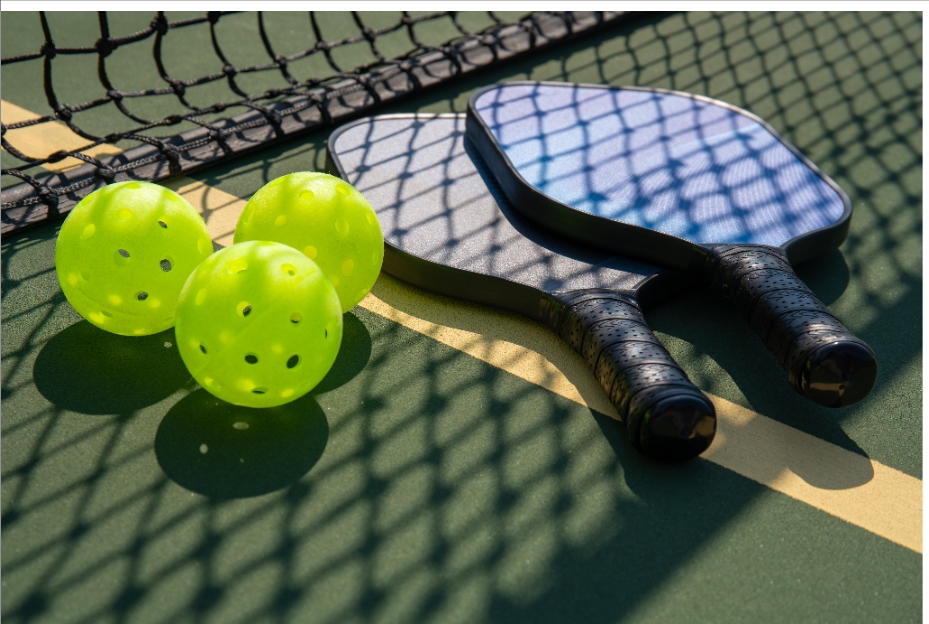Knitting baby clothes is a wonderful way to create something special and personalised for your little one. However, one of the biggest challenges is ensuring the garments fit just right. Babies grow quickly, so achieving the perfect fit can seem tricky, but with a few helpful tips, you can knit baby clothes that are both comfy and practical. Whether you’re making a snug sweater or a cute pair of booties, getting the fit right will make all the difference. Here’s how to ensure your handmade baby clothes fit perfectly.
Understand Baby Sizing and Growth Patterns
Babies grow at a rapid pace, so their clothes need to accommodate these quick changes. The key is to knit garments that fit well initially but also allow for growth. Baby clothing sizes are typically divided by age (e.g., 0-3 months, 3-6 months, etc.), but these sizes are only guidelines. It’s essential to keep in mind that babies of the same age can vary in size, so always consider the baby’s current measurements.
Key Tips:
- Age Guides: While sizes are based on age, it’s important to focus more on the baby’s actual measurements (chest, waist, length) rather than age alone.
- Growth Allowance: For longer-lasting wear, consider knitting garments that are slightly bigger, so the baby can grow into them. You can also opt for adjustable elements like stretchy cuffs or waistbands. Then, you can create special outfits for babies that they can wear for a long time.
Know the Right Measurements
When knitting baby clothes, getting the right measurements is essential for a good fit. Even small discrepancies can result in clothing that is too tight or too loose. Make sure to measure carefully and consider how stretchy the fabric will be.
Common Measurements:
- Chest circumference: Measure around the baby’s chest to ensure the garment will fit comfortably.
- Length: Measure from the baby’s neck to their feet (or to the desired length, such as for a onesie or dress).
- Sleeve length: Depending on the style, measure from the shoulder to the wrist or desired cuff length.
Stretch Considerations:
Some yarns are stretchy (like cotton or bamboo blends), while others, such as wool, may have more structure. Make sure to factor in how stretchy your chosen yarn is when determining how much ease (extra space for comfort and movement) to add to the measurements.
Choose the Right Stitch Pattern
The stitch pattern you choose can also affect the fit of the baby clothes. Some stitches are stretchier, while others are firmer and can affect how well the garment fits.
Stretchy Stitch Options:
- Ribbing: Great for cuffs, waistbands, and hems, as it allows the garment to stretch and conform to the baby’s body.
- Stockinette: Often used for baby garments, it’s stretchy and comfortable when knitted with soft yarn.
- Garter stitch: Adds a bit of stretch while being soft and cosy, perfect for blankets or sweaters.
Avoid overly tight stitches for clothing, as they can restrict the baby’s movement and comfort.
How Much Will a Knitting Pattern Cost?
Every time you knit something new, you’re going to need to buy a pattern. This is going to guide you and make sure that you create the piece of clothing, blanket or toy you have in mind. But, before you get started on this type of project, you’re probably wondering how much knitting patterns cost. They can vary from a few pounds upwards. It all depends on different factors. Let’s take a look at what can influence the cost of knitting patterns.
The Item
First, it can be down to the type and size of the item and how much the pattern costs. The cheap patterns can be used for small items, such as gloves. But, if you’re knitting a large blanket, this can cost more money.
The Difficulty
If there are a lot more stages involved in the knitting project, the pattern could cost more. Indeed, you have to take into account the difficulty and whether the project you’re taking on could be time-consuming and indicate. The easiest patterns will often be the cheapest to buy.
The Brand
Of course, you’ve got to take into account who is providing the knitting pattern. There are some brands that believe they can charge more because they’ve got a good reputation. Indeed, some people will only buy from this brand if they like their patterns. But, there are others that are more affordable and you might want to give them a shot if you’re on a budget.
Conclusion
Getting the perfect fit for your baby’s knitted clothes can be tricky, but with a bit of planning and attention to detail, you can create comfy, functional, and adorable pieces for your little one. By understanding baby sizing, choosing the right measurements, and considering the ease of dressing, you’ll ensure your handmade garments fit well and are practical for everyday wear. And by adding a few adjustable features and choosing the right yarn, you’ll make sure your baby stays comfy, cosy, and stylish as they grow!






